Councillors approved the South Gippsland Arts, Culture and Creative Industries Strategy 2022-2026 at the July 2022 Council meeting and we noted that within that document mention was made of a Leongatha Theatre.
The motion was moved by Cr Darakai.
The theatre was linked to the Memorial Hall in Leongatha and since it would be a new project the Community Infrastructure Advisory Committee (CIAC) would have to review the project ahead of it being accepted into the Council works program.
The CIAC group comprises 5 members of the community chosen by Council with 3 of those 5 members from Leongatha, one from Walkerville, and the other from Mirboo North.
The terms of reference for the committee were that they were to meet roughly 4 times per year aligned with the Council budget process and they were to keep signed minutes as a record of their discussions and decisions.
It was discovered by this newspaper from a freedom of information request earlier that no minutes were kept from the committee and only one agenda in an email was ever “discovered” by Council when we did the freedom of information on all agendas and minutes from that committee.
It has since been discovered that the group met mainly in one of the years and not many times in other years suggesting the group failed to follow the terms of reference regarding aligning their meetings with the budget cycle. It also seems that Council ran the process through in one year and perhaps hope to end its term when the current group ends early 2024. Councillors will need to vote in a Council meeting to extend the group.
The group was intended to scrutinise Council’s capital works program to avoid improper conduct when it came to works appearing in the capital works program without proper strategic justification.
We asked Council on September 26th, 2022, whether the CIAC group had reviewed the Leongatha Theatre proposal and never received a response. We then wrote the following in an article on the front page issued October 10th, 2022, as follows:
“We asked about the Leongatha Theatre since that project was not already on the capital works program when the last Council was elected in Nov 2021, and it is known that several of those elected Councillors such as Cr Darakai are in favour of such a project occurring. We also note that this project was included within the 2022 Council budget so should have been reviewed by the CIAC committee.”
Around 7 days later we received an extraordinary email from Cr Darakai. We have decided to print it in its entirety on this occasion. This newspaper denies all allegations made by Cr Darakai and does not ever respond to his communications or contact him directly.
‘Here we are again. You, telling lies. Me, pointing out how you’ve once again lied to the public. What follows is just as predictable. You, attempting to deny that you’ve lied. Me, smiling in amazement that, despite incredibly strong evidence for the sinking ship that is your poor behaviour towards the community and me, you’ll clutch even firmer to its crow’s nest despite your obvious fate. To save you attempting to deny your deception, I’ll keep it simple: you have lied by suggesting it’s ‘known’ that I’m somehow ‘in favour’ of some fabled ‘Leongatha Theatre.’ Now, Don, I understand your desire to present your newsletter as a work of fiction, but this is just pure fantasy. And lies on the front page? You’re either remaining sorely ignorant or becoming cockier with your deceptive behaviour, clearly. The only person I’m aware of who has ever mentioned a ‘Leongatha Theatre’ is yourself in your newsletter when you were once again lying about me. That was one of your earlier lies. Seems they, and you, haven’t changed. I’m interested to hear what plans you have for this unique theatre project that you seem to be spearheading solo. Are you funding it privately or sourcing external assistance? And why would you build a theatre in Leongatha when you live in Mirboo North? Why not Korumburra for a theatre? Why a theatre at all? Is it feasible? Whereabouts in Leongatha do you propose to host the theatre? Were other towns not acceptable for such a project? What community consultation have you done? Are you sure you’re not being too Leongatha-centric in your thinking? I’d suggest we have a chat so you can tell me all about this project that you so boldly but wrongly claim I’m in favour of, let alone know about. Perhaps we can grab a cuppa so I can hear more about your ideas. I would suggest a cafe in Mirboo North but it sounds like your affections are with Leongatha, so let’s find a quiet spot to hear your adventurous theatrical business pitch.
Cheers, Adrian Darakai’
This newspaper chose to not respond to the Councillor’s message but did note the following as written by Cr Darakai in his candidate statement as published by the VEC for the 2021 Council election.
“I will also put in the hard work required to bring our community a multi-functional and cutting edge performing arts and cultural centre to support the countless groups across South Gippsland.”
We noted that a few weeks after receiving this email from Cr Darakai, that officers briefed Councillors on Wednesday 9th November 2022 in relation to the Leongatha Memorial Hall. This was indicated in the agenda for the Council meeting in November 2022.
In the Council meeting dated August 2023 Council voted to receive a report titled “2022/23 annual actions implemented from the South Gippsland Arts, Culture and Creative Industries Strategy”. This report was agenda item 2.3 and was unanimously approved by the Councillor group at the meeting.
In the agenda item notes officers wrote “Leongatha Memorial Hall as a performance space and community venue – discussions underway, involving engagement with interested community groups such as Lyric Theatre Leongatha.”
The section of this report featuring the Memorial Hall was as follows:
7.2 Leongatha Memorial Hall as a performance space and community venue
7.2.1 Council will undertake a business case and feasibility study for the redevelopment of Memorial Hall that looks at current and future use, multi-use, demographics, population growth, service, service levels, heritage, redevelopment models, constraints, benchmarking with other population centres, demand, impact on small towns, accessibility, and whether operational costs can be supported and maintained.
The business case should also consider the relationship between other halls and venues both within and outside of the Shire, including the Foster War Memorial Arts Centre.
A strong case for State Government and Commonwealth Government support and contribution towards capital works can only be made if underpinned by a solid business case that has a forward projection extending over 25 years.
Commenced – Council’s Infrastructure Planning team to lead the development of a business case and feasibility study in 2023/2024 in consultation with relevant stakeholders including the Arts, Culture and Visitor Economy department.
This intention clearly indicates that the Council officers were intending to embark upon the development of a business case for a performance space.
Cr Schelling moved the motion at the Council meeting and stated:
“A huge amount of discussion has occurred with arts over many years especially with regard to performing arts centre, and that looks like it might be starting to gain a few legs, and we can start to see it all to take shape. I am really proud of what we have achieved so far and I am looking forward to an exciting future and I just wish to note again we sought the assistance of the art sector specialists locally and surrounding and congratulate the officers for what they have achieved already. Well done.”
Cr Williams then spoke and said in relation to this point:
“I will pull out a few little highlights from this..
Leongatha Memorial Hall as a performance space and community venue – discussions underway, involving engagement with interested community groups such as Lyric Theatre Leongatha…”
Neighbouring Shires have similar performance centres. Baw Baw for example has an existing West Gippsland Performance Art Centre and in its current budget is the concept proposal for a new community precinct for arts to be built next to the West Gippsland Performance Centre. The budget for this new precinct is $30 million and presumably the existing performance Centre cost a few dollars also.
Council capital works program, before it was removed from public viewing in the annual budget papers, showed around $5 million for initial work on a Council Municipal Precinct. We do not know how much ratepayers’ money has been assigned to such project or to the Memorial Hall project but do note the comment by Mr Gus Blauu that within the Council financial documents, that Council has $49 million in cash reserves.
The financial budget papers for Council also show they have 3 times as much cash resources than is needed to maintain the existing capital works infrastructure so all the evidence seemingly points to a large piggy bank of funds being set aside for something big.
Total maybe $60 million? We wonder. Anyway, back to South Gippsland.
The Council’s own policy on infrastructure “Blueprint for Community and Economic Infrastructure” appears to put the dampers on this mammoth endeavour in the section headed 8.7 Performing Arts Venues on page 40, where the report states the following:
“Neighbouring local government areas have well large provisioned Performing Art Centres and Council cannot afford to emulate these standards,
-
Wonthaggi.
Warragul.
Latrobe Performing Arts Centre (under construction)”
-
Finally we will leave with a post made by Cr Darakai to the Korumburra facebook forum also during the 2021 Council election (October 2021) in which he endorses a dedicated arts and culture centre as perhaps a hint at how much Cr Darakai at least might like to spend on such a project.
And of course, it doesn’t look at all like a theatre does it?
Editorial comment:
The 3 Leongatha ward Councillors might be all gung-ho in favour of this massive venture for Leongatha but the shire ratepayers are not ready or able to fund its huge cost of development and then an ongoing rather large bill each year as is evident in neighbouring shires to run their performance centres.






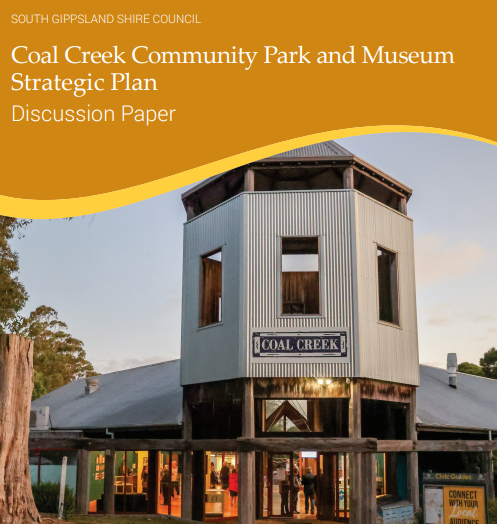





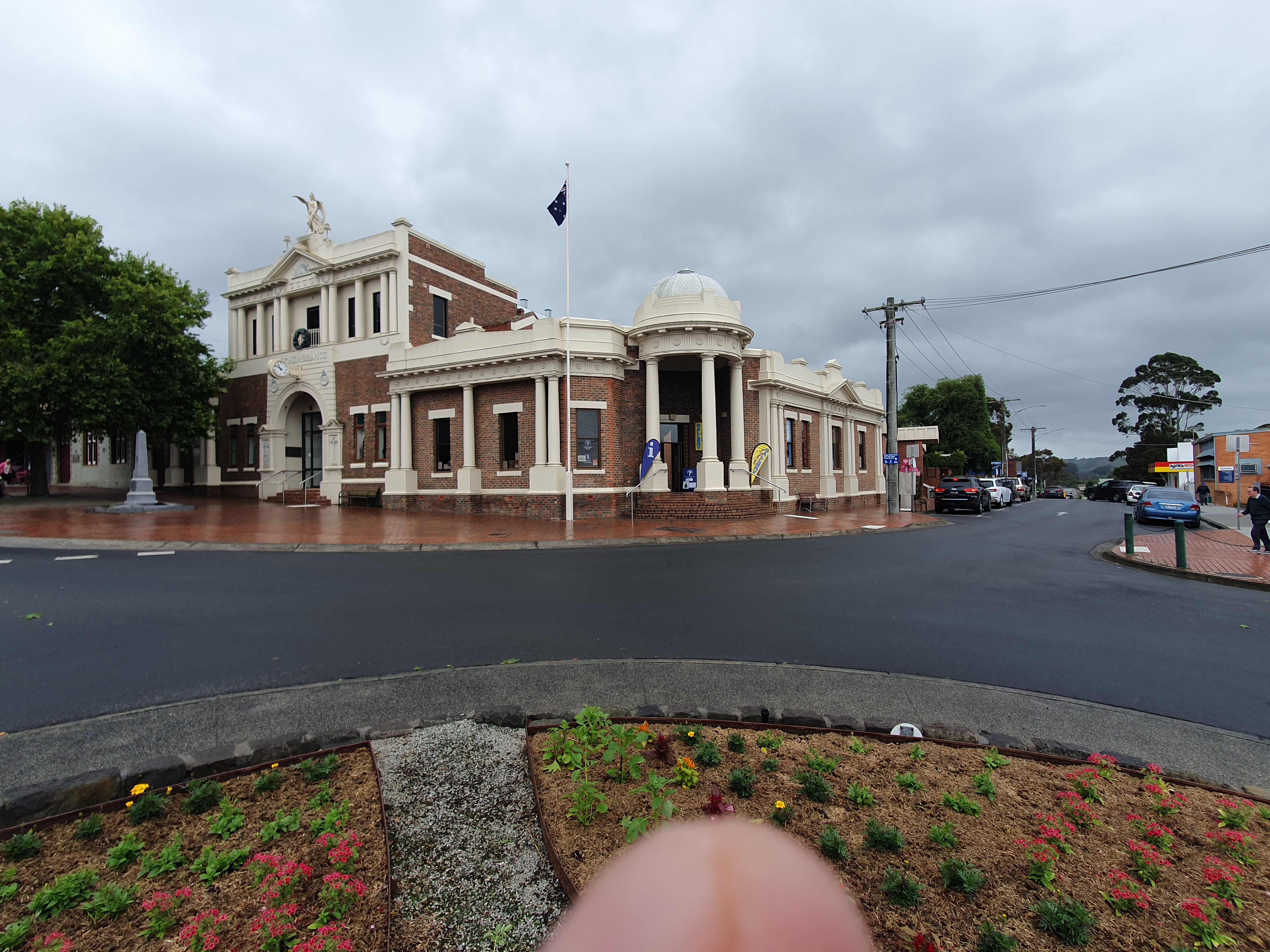




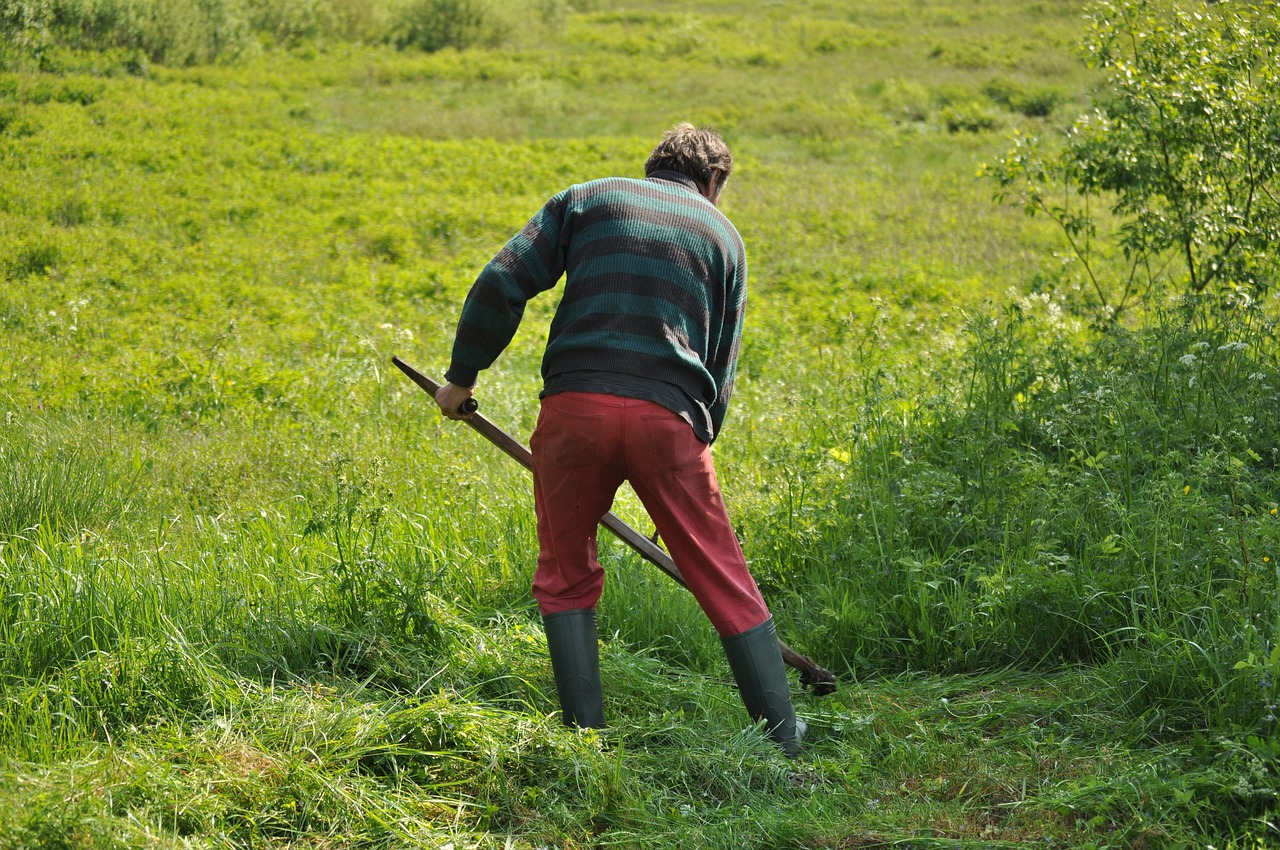

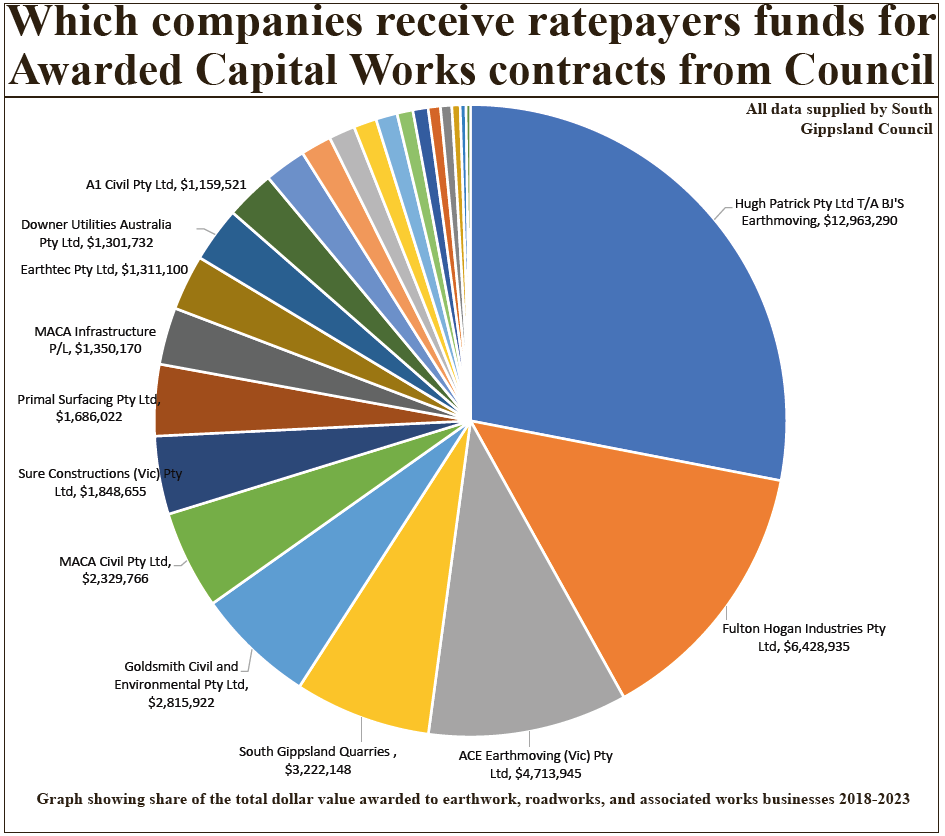



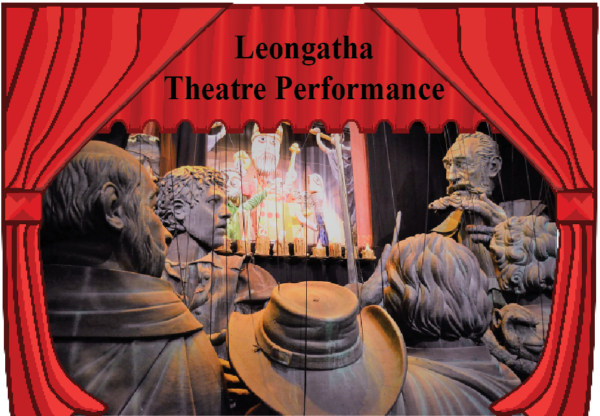

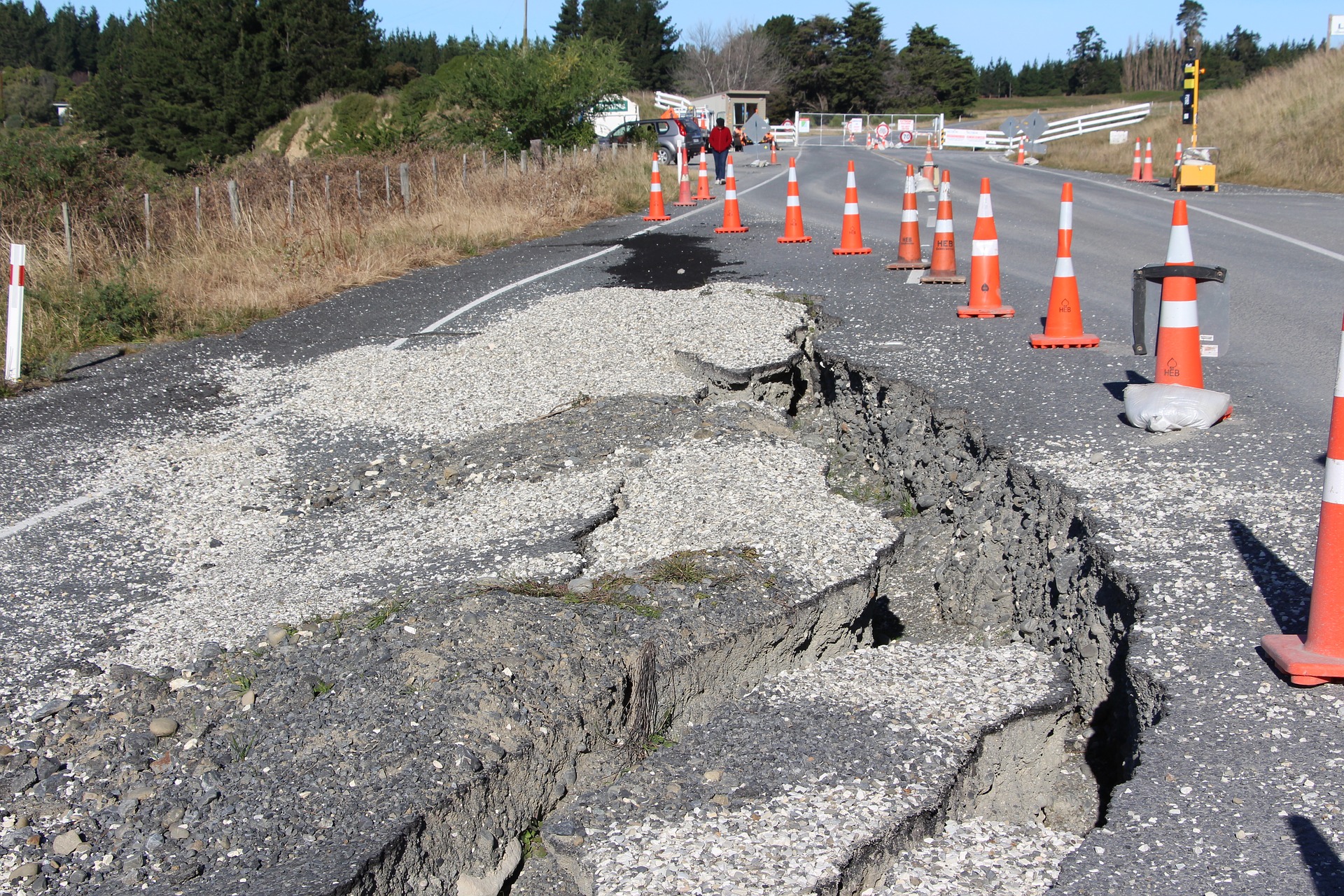














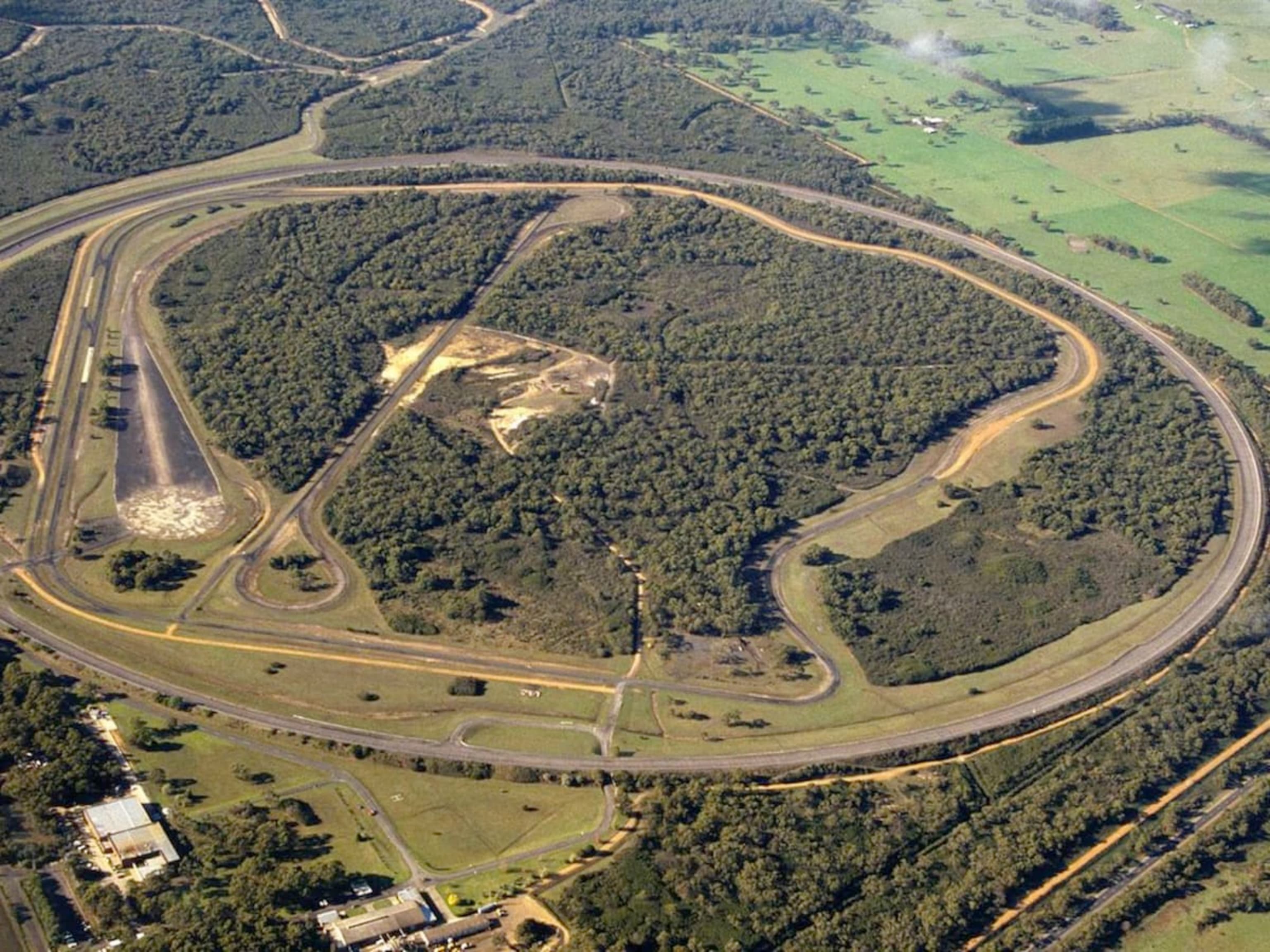




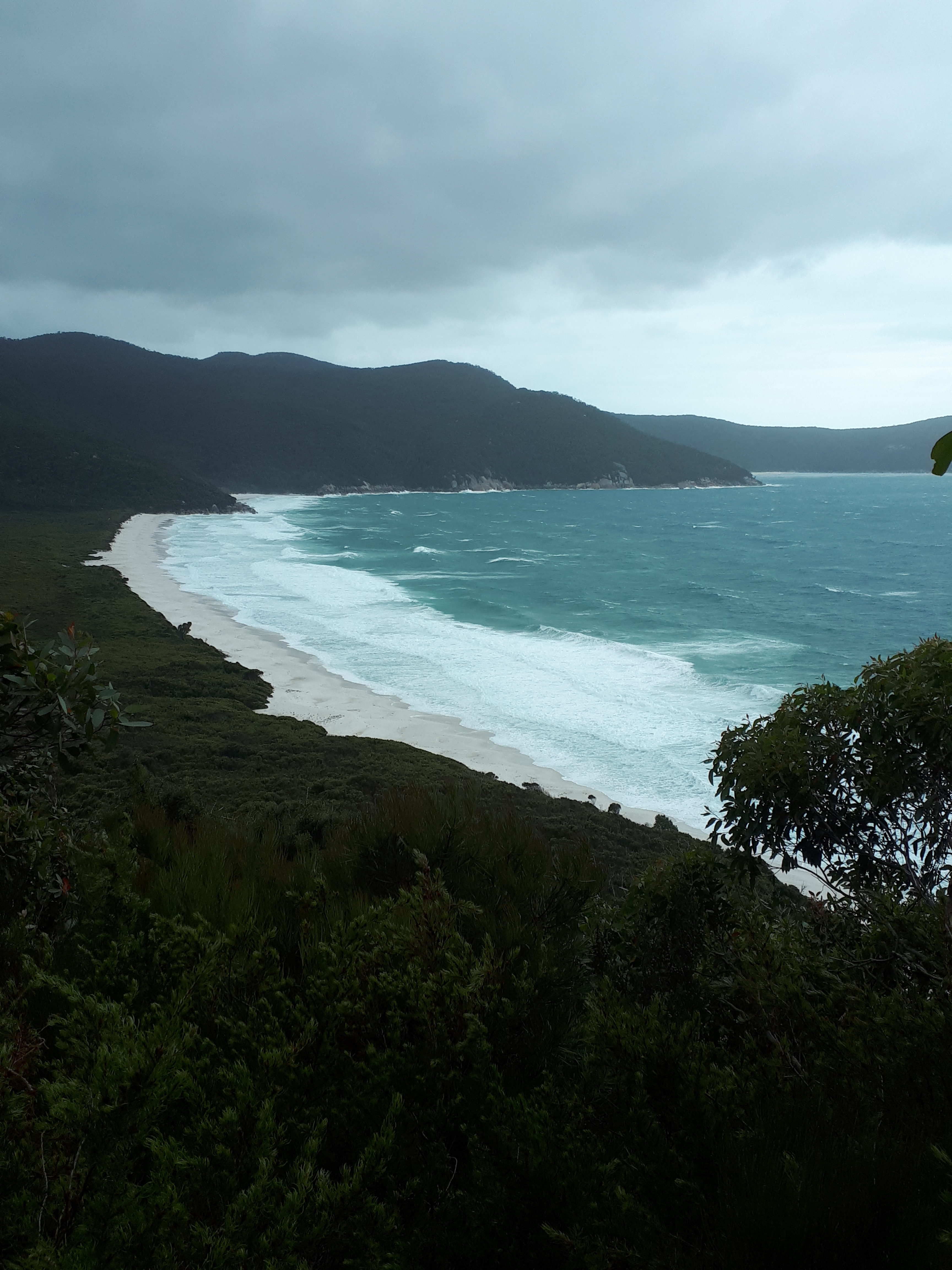




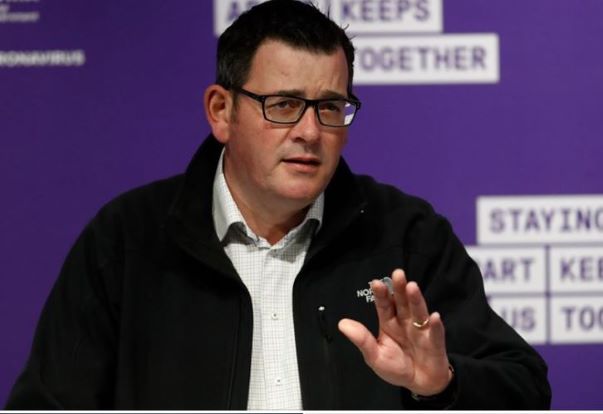
You must be logged in to post a comment.